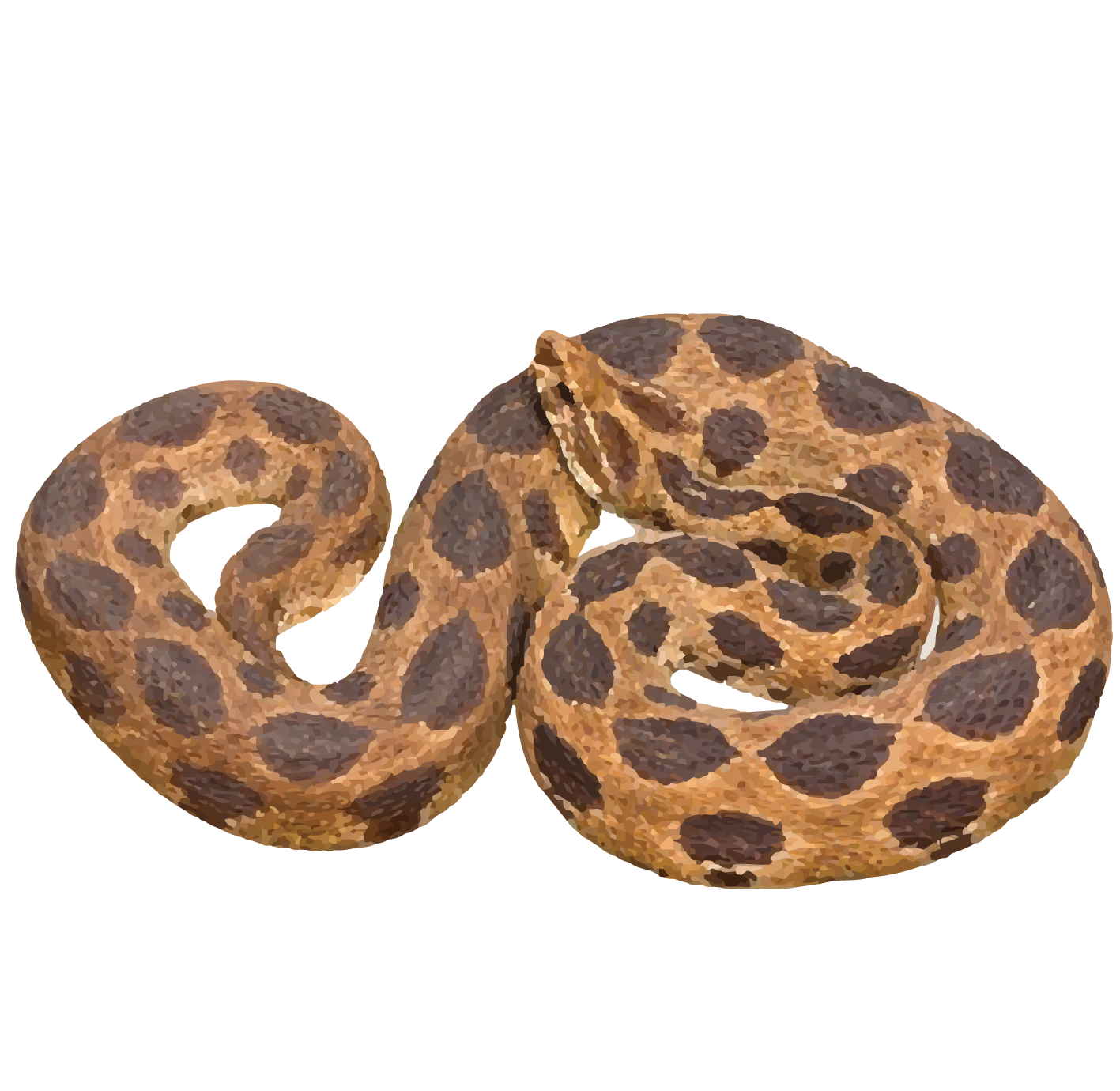Russell's Viper (Daboia russelii)

- Habitat: Grasslands, scrub forests, and farmlands
- Distribution: Indian subcontinent and Southeast Asia
- Diet: Rodents, lizards, and small birds
- Size: Typically 4-5 feet in length
Physical Characteristics
- Size: Russell’s vipers are large and robust snakes, typically ranging from 1 to 1.5 meters (3.3 to 4.9 feet) in length, although some individuals can exceed 2 meters (6.6 feet).
- Appearance: They have a thick body with keeled scales and a triangular-shaped head. Their coloration varies, but they often have a yellow, brown, or grayish-brown body with darker brown or black bands or spots along the length of their body.
- Color: The body coloration is often a mix of lighter and darker shades, providing camouflage in their natural habitat.
Conservation Status
- Threats: Russell’s vipers face threats from habitat loss, fragmentation, and persecution by humans due to fear or misunderstanding. They are also frequently killed for their skin and other body parts.
- Conservation Efforts: Efforts to conserve Russell’s vipers include habitat protection, public awareness campaigns, and research initiatives to better understand their ecology and behavior.
